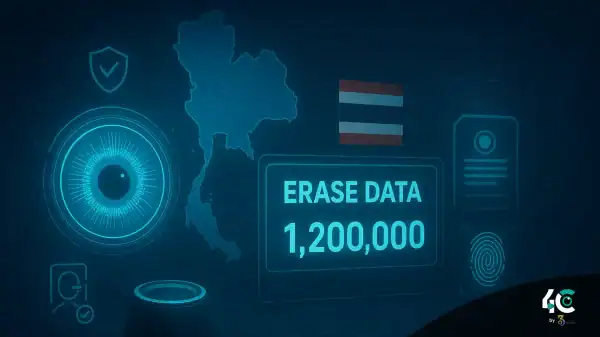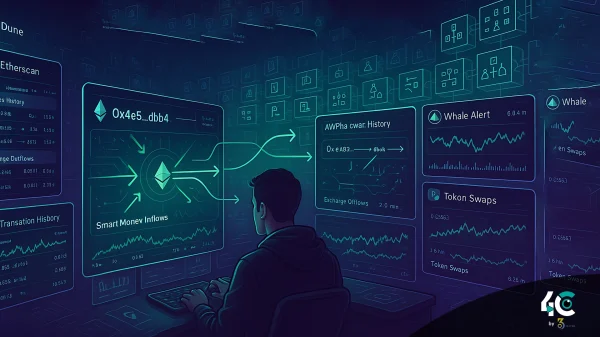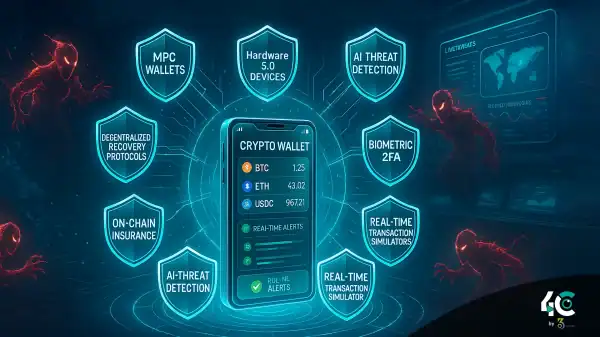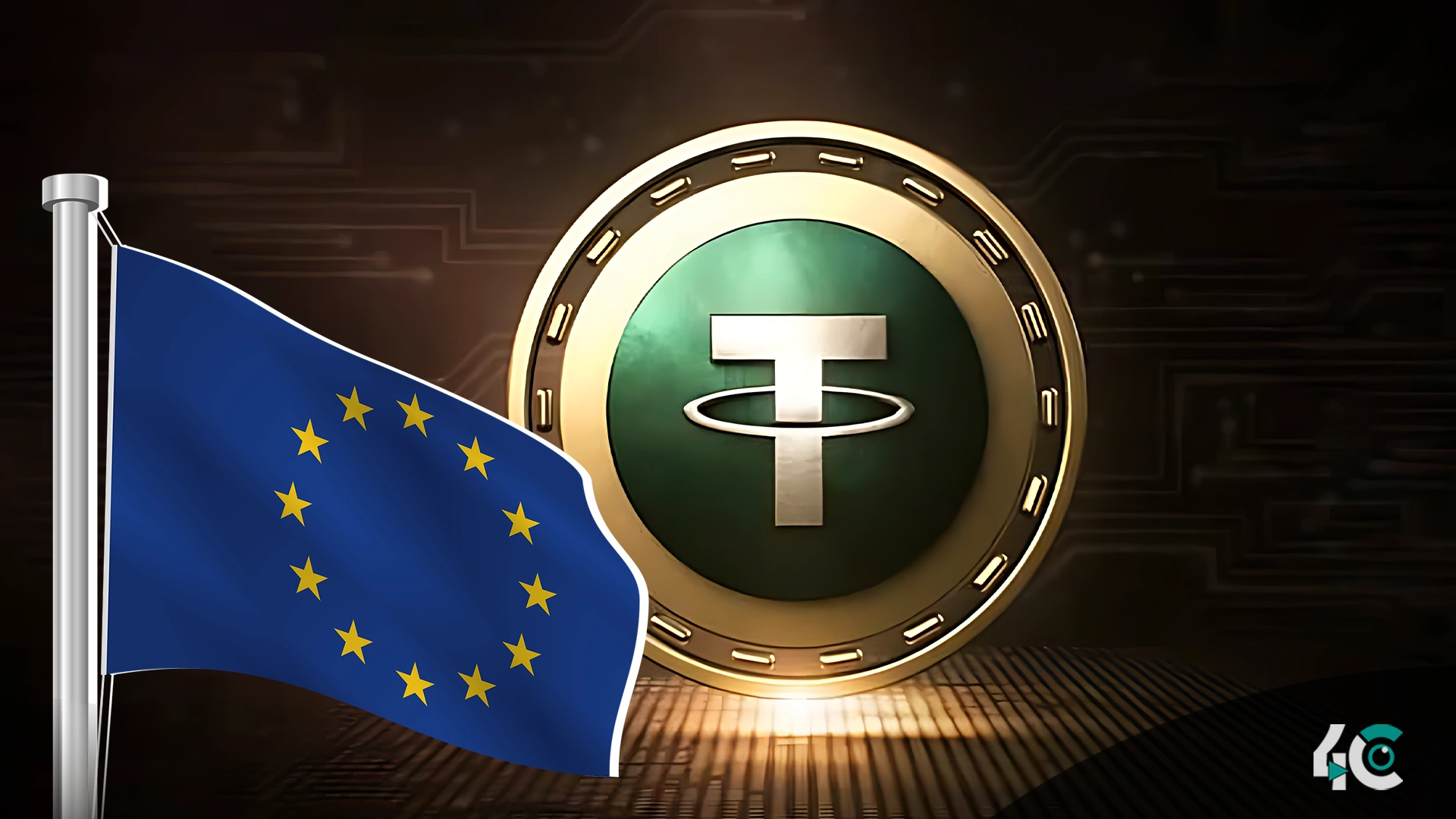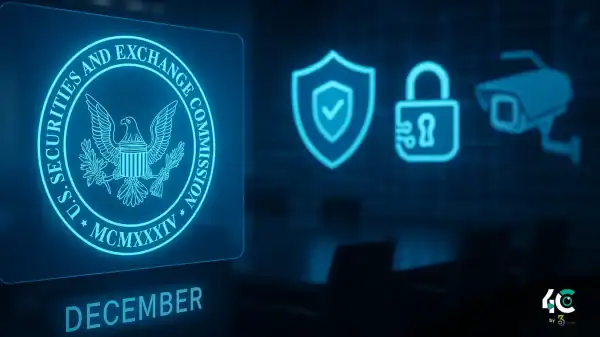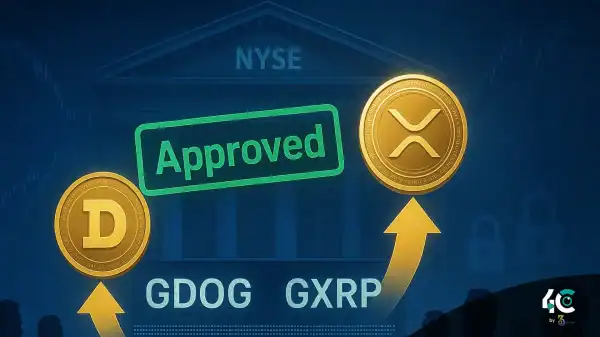Following ESMA’s most recent comment on MiCA compliance, the regulatory scene for stablecoins in Europe is still a subject of intense debate. On March 3, Binance announced its intentions to delist several non-compliant stablecoins, including USDT, for EEA users. Still, the platform will keep letting withdrawals and deposits of these tokens supported even beyond March 31.
Responding to continuous concerns, ESMA said that offering custody and transfer services for non-MiCA-compliant stablecoins does not contravene the recently adopted rules. The authority claims that under MiCA these services do not fit as a public offering or a request for market admittance.
Notwithstanding this comfort, ESMA has recommended crypto-asset service providers (CASPs) concentrate on reducing services that enable the purchase of non-compliant assets. The regulator also maintained its earlier advice, saying that CASPs can provide sell-only services until March 31, therefore allowing investors to leave their positions before any new limitations come into force.
Although this explanation clarifies the regulatory posture, it has also driven more uncertainty inside the sector. Many cryptocurrency players are curious about the practical implications of MiCA, especially in relation to stablecoins. Experts such as Juan Ignacio Ibañez of the MiCA Crypto Alliance have noted that the delisting of USDT and related assets has generated a lot of discussion about the extent of the regulation.
Beyond stablecoins, the ambiguity around MiCA stems from important issues like tokenized real-world assets and crypto staking that the law mostly ignores. Growing questions about how European authorities will negotiate the changing digital asset terrain follow from this.
The crypto sector is always changing as regulatory authorities keep an eye on market changes; it is adjusting to the new regulations while awaiting more explanations on MiCA’s long-term effects.



